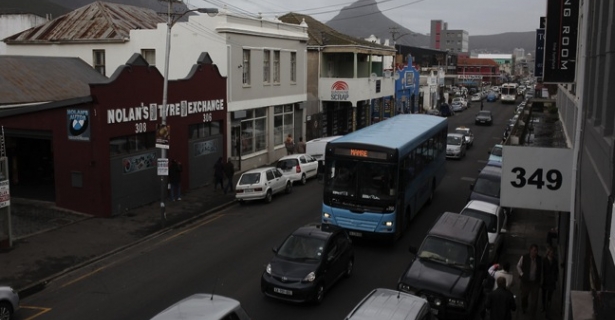Hadley Green is in the class of 2015, majoring in international relations.
The portraits below make up a project that I worked on while living in Cape Town, South Africa this summer. Woodstock is an area of Cape Town that is undergoing rapid gentrification, and I wanted to find out how the new changes were affecting the local community. I spent most of my time on Albert Road (pictured below), a main thoroughfare in Woodstock where gentrification is evident.
My first day in Woodstock, a new Mexican cantina was undergoing rapid construction. On my last day, it was open and welcoming customers. There has been an influx of new clothing shops, hip coffee joints, and healthy eateries around Albert Road in the past few years. Cape Townians and tourists flock to Woodstock on weekends to shop and soak up Woodstock's "hipster" vibe.
I began asking locals what they thought about all the new changes, thinking that some would like the development, and some would not. What I realized is that gentrification is not a "good" or "bad" phenomenon. Gentrification is complicated, and everyone I spoke to had something different to say about their neighborhood.
From these conversations, I realized that I was wrong to assume I could go into a community and ask people questions about a problem that I had framed.
In the end, this project became much less "gentrification is good or bad for this reason," but rather "these are people who live in Woodstock and all experience the place in different ways." These are the Faces of Woodstock.
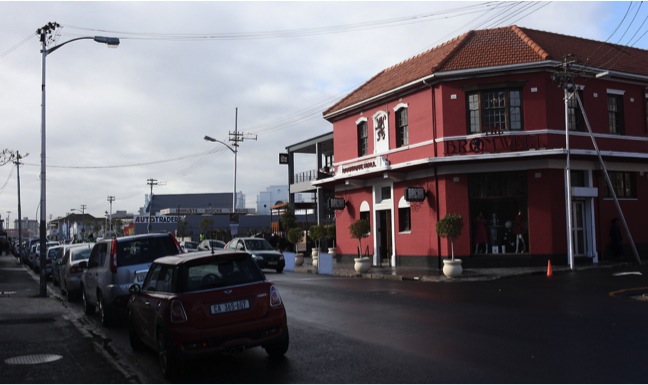
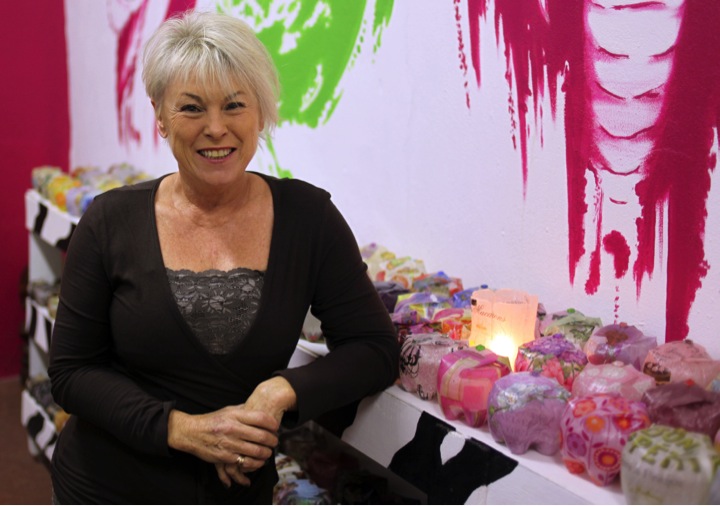
Lynn Worsley
Lynn does not live in Woodstock, but opened an “up-cycle” shop on Albert Road about two years ago.
“My business shines a spotlight on the work that is created in Woodstock. By drawing clients to shop here, we are positively affecting the area.”
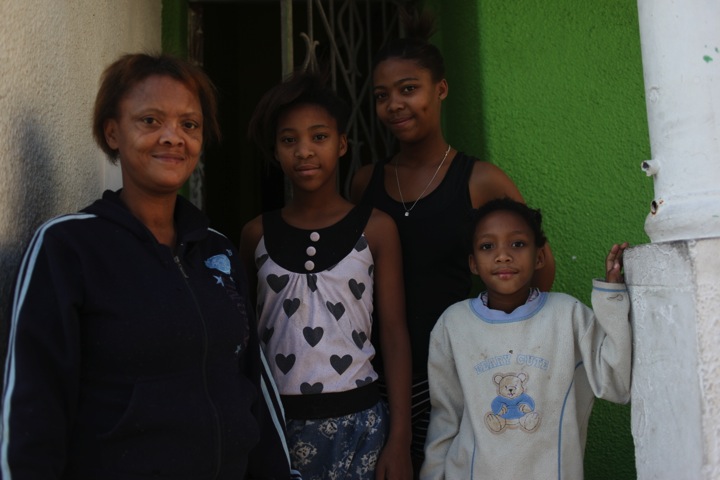
Antoinette Petersen and her children
Antoinette has lived in Woodstock for 17 years, and works from home as a seamstress.
“When we first moved here this place was horrible. There were gangs, murder, and I saw someone almost get raped right on this street. But it is much better now. Now we know our children are also safe.”
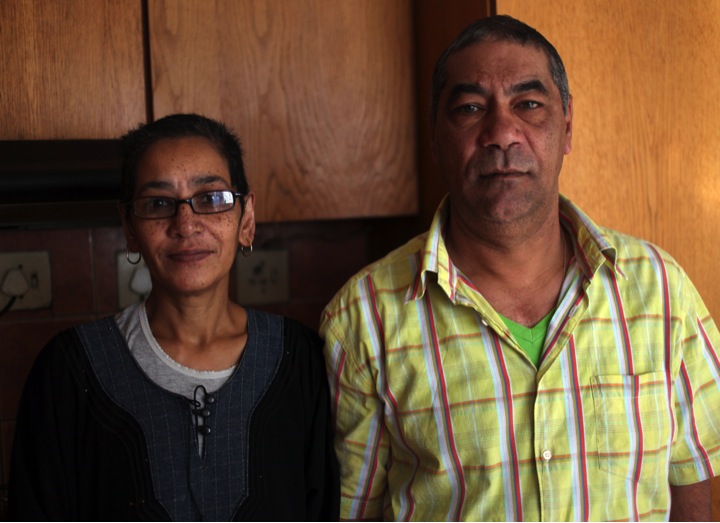
Nazim and Fawzia Waggie
Nazim and Fawzia moved from Mitchell’s Plain to Woodstock almost twenty years ago.
“The development in Woodstock is lifting the community. It is much safer now, and we are very happy here. But we don’t go to the new restaurants or the Old Biscuit Mill much- there are no Hal ‘al restaurants, and it is expensive. Maybe more people from the community would go to the Old Biscuit Mill if it fit everyone’s needs.”
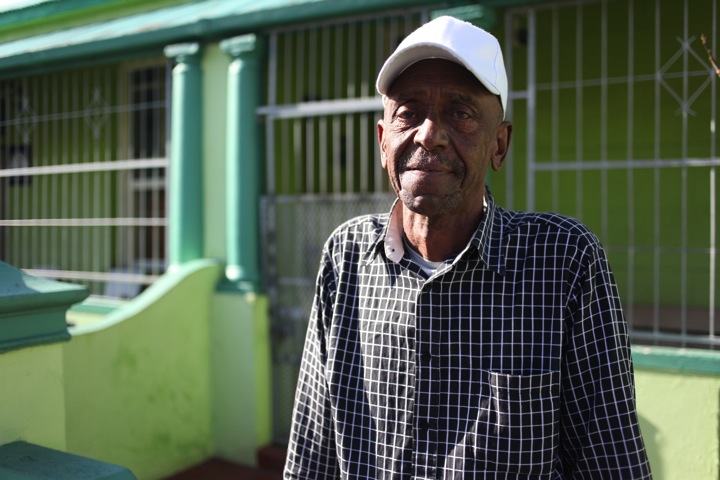
Cecil Pangle
Cecil has lived in Woodstock all his life, apart from when he traveled the world as a sailor. He is now retired.
“Woodstock is a fantastic place. There is no racism here. Even though there are thirty languages spoken, there is unity and love amongst the people.”
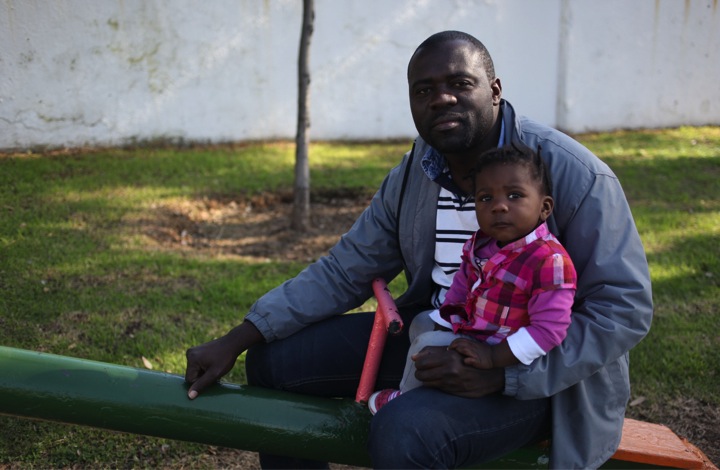
Allan Kupa
Allan Kupa has lived in Woodstock for 8 years, and has worked multiple temporary jobs since coming to South Africa as a refugee from the Congo.
“We are not safe in Woodstock. Two weeks ago someone broke into my house through a window. My landlord does not keep us safe. Colored people are more safe than black people here.”
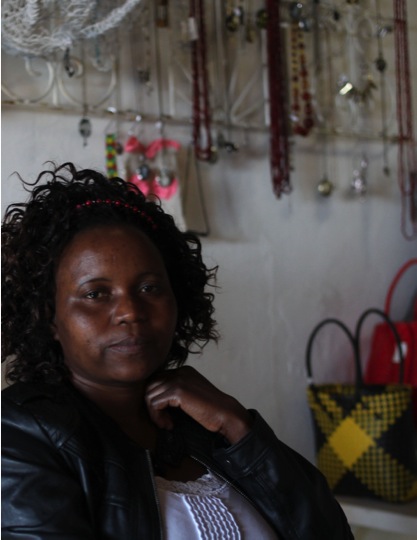
Loveness Mamvura
Loveness has lived in Woodstock since 2003, and works at a shop on Albert Road.
“I am a business woman. I sell my necklaces in this shop. But they need to advertise this premise more so that business will increase.”
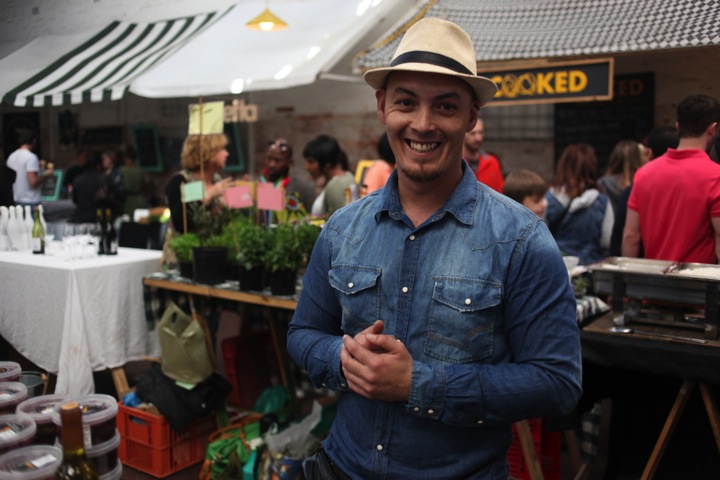
Imraan Miller
Imraan has lived in Woodstock for twenty-five years and works for his friend selling olives at the Old Biscuit Mill market from time to time.
“The development in Woodstock is positive because it shows people that there is opportunity. Anyone can become an entrepreneur. But the real estate has become ridiculously expensive. I’ve had neighbors that have had to move out because their rent grew too high. I feel sorry for them, but what can you do?”
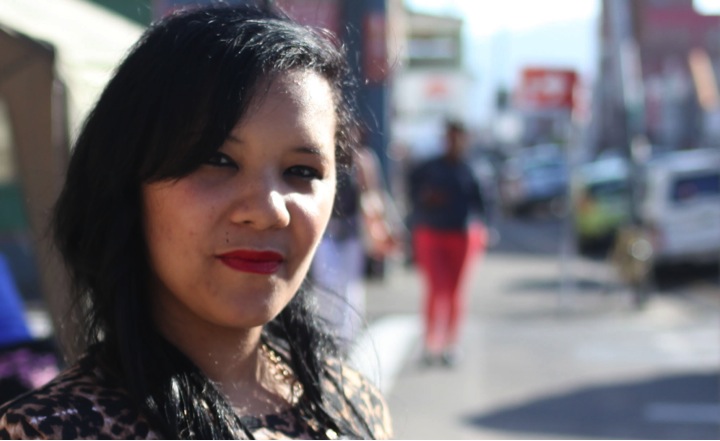
Tammy Thompson
Tammy has lived in Woodstock for twenty five years, and is an editor at the local newspaper, the Woodstock Live.
“I think the new restaurants and shops are nice. They are polishing up the area. But everything coming into Woodstock is doing little for the local community. It is difficult for local people to sell their goods at the Old Biscuit Mill, and it is expensive to buy things there. The connection between the local development and the community is not strong.”
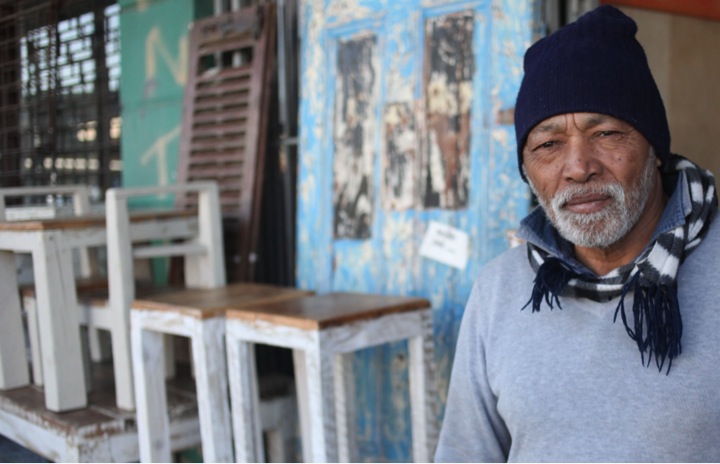
JP Harris
JP lived in various countries around the world, including the U.S., Thailand, and London. He has been in Woodstock for over thirty years, and has seen the neighborhood transform from a dangerous, industrial center to a trendy tourist hotspot.
“I see a bright future for this area, but it needs a good socio-economic plan. We need a solution that can integrate the wealthy with the normal people. There needs to be more camaraderie between the have and the have-nots.”

